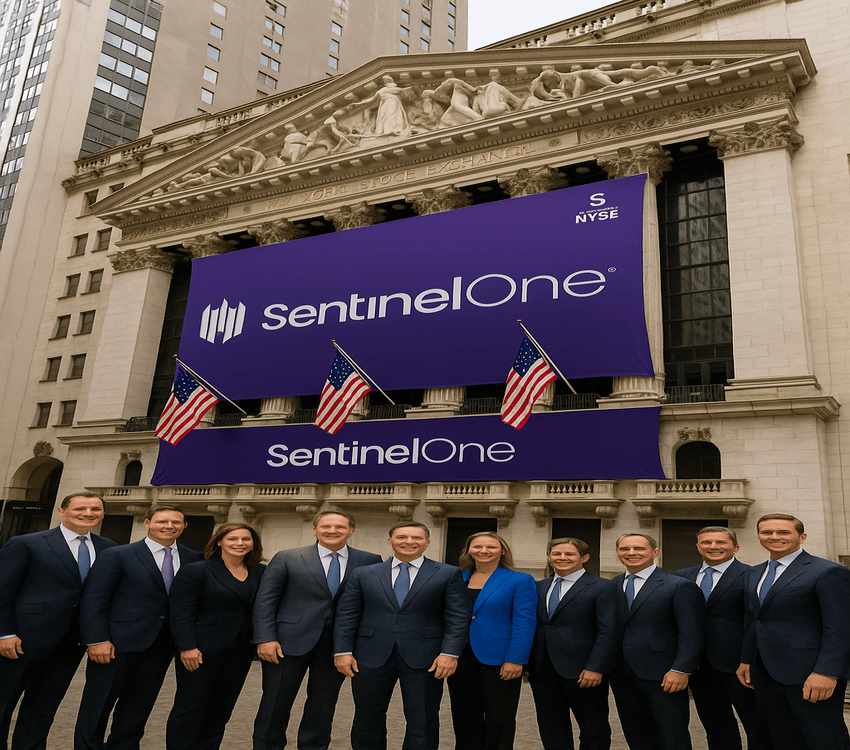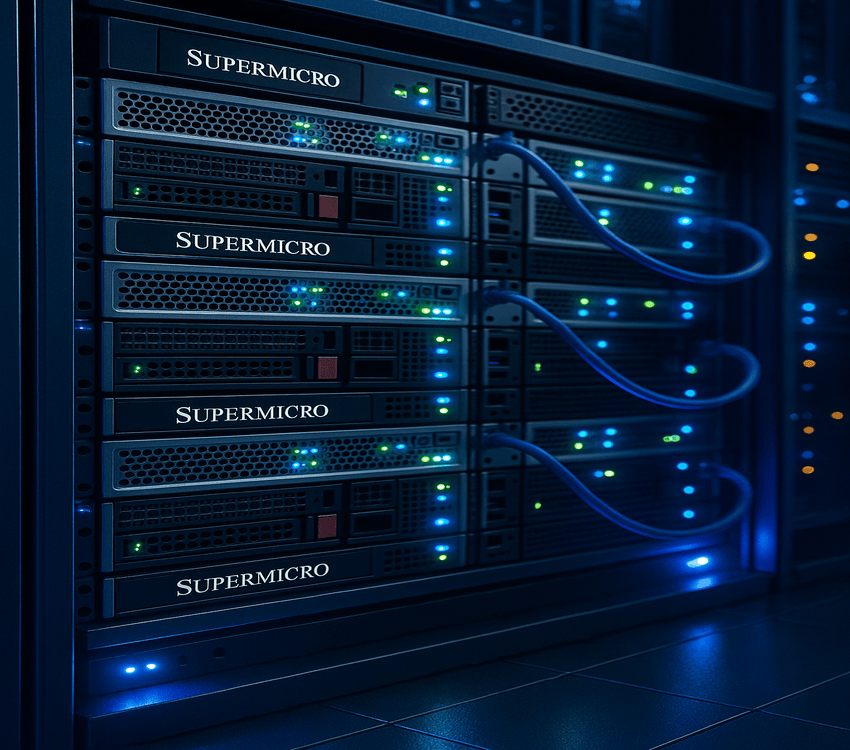Sign Up For Free To Keep Reading
SentinelOne’s recent earnings call made headlines with a major milestone: the company’s Annual Recurring Revenue (ARR) surpassed $1 billion, growing 24% year-over-year, while its net new ARR hit record levels. This momentum is underpinned by strong customer traction across emerging solutions like Purple AI, Singularity Data, and its cloud-native security stack. Riding this wave of innovation and expansion, SentinelOne is now reportedly eyeing Observo AI as a potential acquisition target. Observo AI, a telemetry enrichment and data pipeline optimization platform, could significantly bolster SentinelOne’s Singularity Platform, particularly in AI-native SIEM and real-time threat detection capabilities. As SentinelOne doubles down on its strategy of unifying AI, data, and cybersecurity under one autonomous security umbrella, acquiring Observo AI could unlock substantial platform synergies. However, the deal — if it materializes — would require careful strategic alignment, especially as SentinelOne manages its cash reserves and maintains focus on profitability amidst a still-volatile macro environment.
Seamless Enrichment Of Data Pipelines To Optimize Telemetry
One of the most immediate technical benefits SentinelOne stands to gain from acquiring Observo AI is the enrichment and optimization of its data telemetry pipelines. SentinelOne’s Singularity Data and AI SIEM offerings are designed to process massive volumes of real-time security data, correlating signals from endpoints, cloud workloads, and identity sources. However, the value of this data is only as strong as the fidelity and context of its telemetry. Observo AI specializes in data pipeline enrichment, enabling security vendors to filter, annotate, and prioritize high-value telemetry in real-time. This could lead to lower storage costs, faster detection times, and more precise threat correlations in SentinelOne’s backend systems. Currently, one of the most significant bottlenecks in AI-native cybersecurity is the ability to differentiate noise from signal at scale, particularly when ingesting telemetry from hybrid environments. By integrating Observo AI’s enrichment capabilities, SentinelOne could streamline the ingestion, normalization, and processing of data across its platform, ultimately enhancing the responsiveness and precision of its detection and response mechanisms. This would be particularly valuable as customers increasingly adopt Purple AI and seek streaming analytics with real-time context. Furthermore, Observo AI’s capabilities could allow SentinelOne to reduce the cost of long-term data retention by intelligently curating what is stored, further reinforcing SentinelOne’s ability to scale its SIEM platform efficiently and profitably.
Strategic Expansion Into Full-Spectrum AI-Native SIEM
With the cybersecurity landscape rapidly evolving, the traditional SIEM model is being rendered obsolete by the scale, speed, and sophistication of modern threats. SentinelOne is positioning itself at the forefront of this transformation with its AI-native SIEM offering, which already contributes materially to its bookings mix. The acquisition of Observo AI would significantly enhance SentinelOne’s ability to deliver a full-spectrum AI-native SIEM, one that can ingest and process data in real time with contextual enrichment, enabling more autonomous and accurate threat detection and response. Observo’s architecture is well-aligned with the demands of modern security operations, particularly those that require high-throughput data streaming and correlation without compromising latency. SentinelOne has emphasized real-time, streaming-first analytics as a cornerstone of its AI SIEM differentiation. Observo’s technology could reinforce this positioning by reducing the overhead associated with conventional SIEM data lakes, enabling real-time analytics without the burden of mass data duplication or rehydration. Furthermore, integrating Observo’s pipeline observability features could allow SentinelOne to offer more granular insights into telemetry flows, helping enterprises better tune their security operations and reduce mean time to detection (MTTD) and response (MTTR). As AI-driven threats grow more complex and machine-speed attacks become the norm, the ability to detect and respond within milliseconds — not minutes — is increasingly critical. This makes the combination of Observo AI’s telemetry processing with SentinelOne’s Purple AI and hyperautomation stack a potentially powerful differentiator in the next wave of security operations platforms.
Synergies In Hyperautomation & Cost-Efficient Scale
SentinelOne’s future vision centers on building an autonomous security platform that can operate at scale, driven by real-time AI and hyperautomation. The integration of Observo AI could accelerate this vision by automating the labor-intensive aspects of data hygiene, telemetry management, and analytics orchestration. SentinelOne has already made strides in this domain through Purple AI, which has shown triple-digit growth and helped reduce the workload of security analysts. However, the back-end ingestion and processing infrastructure must keep pace with front-end automation. Observo AI can bring intelligence to the data handling layer — deciding in real time which telemetry sources are redundant, which need enrichment, and which can be dropped entirely. This decisioning layer would not only improve operational efficiency but also drive meaningful cost savings in storage, compute, and bandwidth utilization. For large enterprise deployments with tens of thousands of endpoints and multiple cloud assets, telemetry volume can balloon quickly, straining both performance and budget. Observo’s capability to dynamically adjust data flows based on evolving threats and usage patterns complements SentinelOne’s hyperautomation objectives. Moreover, in partner environments like MSSPs and GSIs — where SentinelOne has made significant inroads — the ability to deliver a more cost-predictable, resource-light deployment is a commercial differentiator. SentinelOne’s strong gross margin profile (79%) and improving free cash flow dynamics could be further supported by incorporating cost-optimized telemetry handling into its operating model. This aligns with the company’s broader strategy to deliver not just top-line ARR growth but durable and profitable scaling.
Enhanced Competitive Positioning In The XDR & Cloud Security Stack
SentinelOne is actively expanding beyond endpoint protection into cloud security, data analytics, and extended detection and response (XDR). As evidenced by its wins with Fortune 50 companies deplatforming legacy vendors in favor of Singularity Cloud, the company is gaining traction in high-scale, hybrid-cloud environments. Observo AI’s platform could further strengthen SentinelOne’s XDR capabilities by enhancing the depth and fidelity of cross-domain telemetry — a critical requirement for effective correlation across endpoint, cloud, identity, and network vectors. SentinelOne’s AI-native XDR strategy hinges on the seamless aggregation and interpretation of telemetry, and Observo’s ability to pre-process and enrich this data at the ingestion point would be instrumental in improving threat triage and remediation accuracy. Additionally, SentinelOne’s recent acquisition of Prompt Security has already added DLP capabilities and GenAI governance. With Observo, the company could solidify its XDR layer and move closer to delivering a truly integrated, autonomous security operations fabric. From a go-to-market perspective, this would allow SentinelOne to go up against more entrenched platform players like Microsoft, Palo Alto Networks, and CrowdStrike with a more differentiated stack built around AI-native architecture. The strategic synergies here are not just technical but also commercial: enhanced telemetry handling and correlation could enable more modular upsell opportunities across Singularity modules. This could help sustain the upward trajectory in deal size and net retention rate that SentinelOne has already reported. As Flex licensing gains adoption, having a broader, more deeply integrated telemetry fabric would further amplify the stickiness of the platform across customer segments.
Key Takeaways
While the acquisition of Observo AI could deliver substantial technological and operational synergies for SentinelOne, the move also introduces certain risks. Integration complexity, especially around real-time data infrastructure, could create transitional overheads. Moreover, SentinelOne is still in its first full year of GAAP operating profitability and is expected to deliver a 3% operating margin in FY26, with a trailing 12-month free cash flow margin of just 2%. Observo AI’s integration would likely require further R&D investment, and any meaningful revenue contribution is expected to be back-end loaded. Additionally, SentinelOne’s valuation, while compressing over the past 12 months, still remains elevated relative to fundamentals. As of September 8, 2025, SentinelOne trades at an LTM EV/Revenue multiple of 5.90x and a Price/Sales ratio of 6.78x, with negative EBIT and EBITDA multiples. This suggests that while growth is evident, the company remains priced for near-perfect execution. Therefore, while acquiring Observo AI may support long-term strategic positioning, any deviation in integration or monetization timelines could exert pressure on margins and investor sentiment. Whether the deal materializes or not, SentinelOne’s strategy of consolidating AI-native cybersecurity capabilities continues to reshape its role in a rapidly evolving threat landscape.





